Table of Contents
Introduction:
Air purifier plants, also known as indoor air-purifying plants, can offer several benefits for improving indoor air quality and overall well-being. These plants have natural mechanisms to filter and purify the air through their leaves, roots, and soil.
In the quest for cleaner, fresher indoor air, nature offers a simple yet effective solution – air purifier plants. These green companions not only beautify our living spaces but also play a vital role in filtering out toxins and improving air quality. In this guide, we’ll introduce you to a selection of air-purifying plants and how they can enhance your indoor environment. In an increasingly polluted world, ensuring clean and pure air within our homes is of paramount importance. This guide will walk you through the benefits of natural air purifiers, the types available, and key considerations for selecting the perfect one for your needs.
Key Notes for Air purifier plants to Remember:
- Photosynthesis and Air Filtration: Understand how plants convert carbon dioxide into oxygen while simultaneously filtering out harmful pollutants.
- NASA Clean Air Study: Explore the groundbreaking research that identified specific plants’ ability to remove common indoor toxins.
- High-Impact Areas: Identify key areas such as bedrooms, living rooms, and home offices where Air purifier plants can have the most significant impact on air quality.
- Grouping Plants: Cluster plants together to create mini “clean air zones” for enhanced filtration.
- Proper Watering: Understand each plant’s specific watering needs to prevent over- or under-watering.
- Optimal Light Conditions: Provide suitable light levels to support healthy growth and air-purifying capabilities.
Best Air Purifier plants:
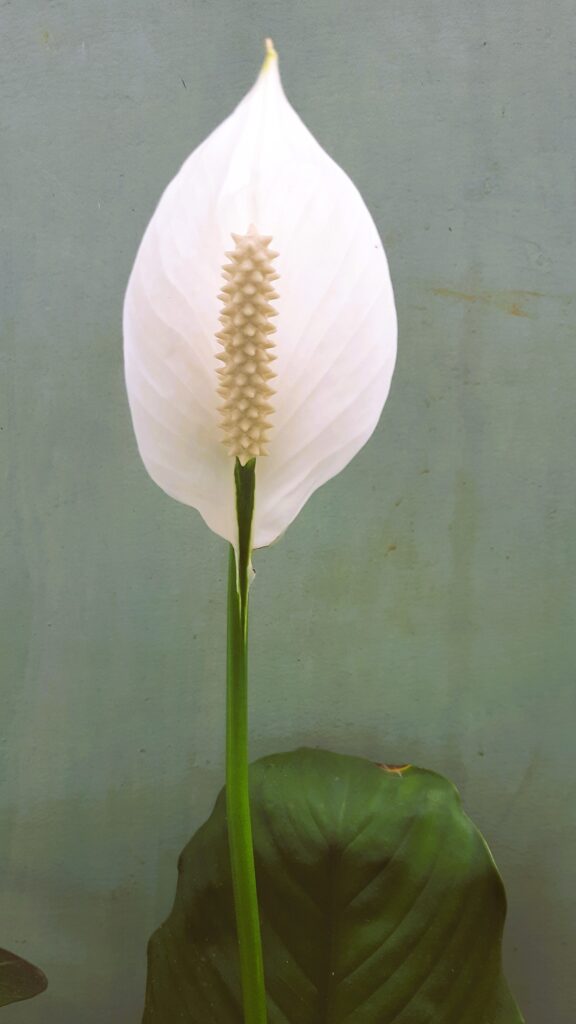
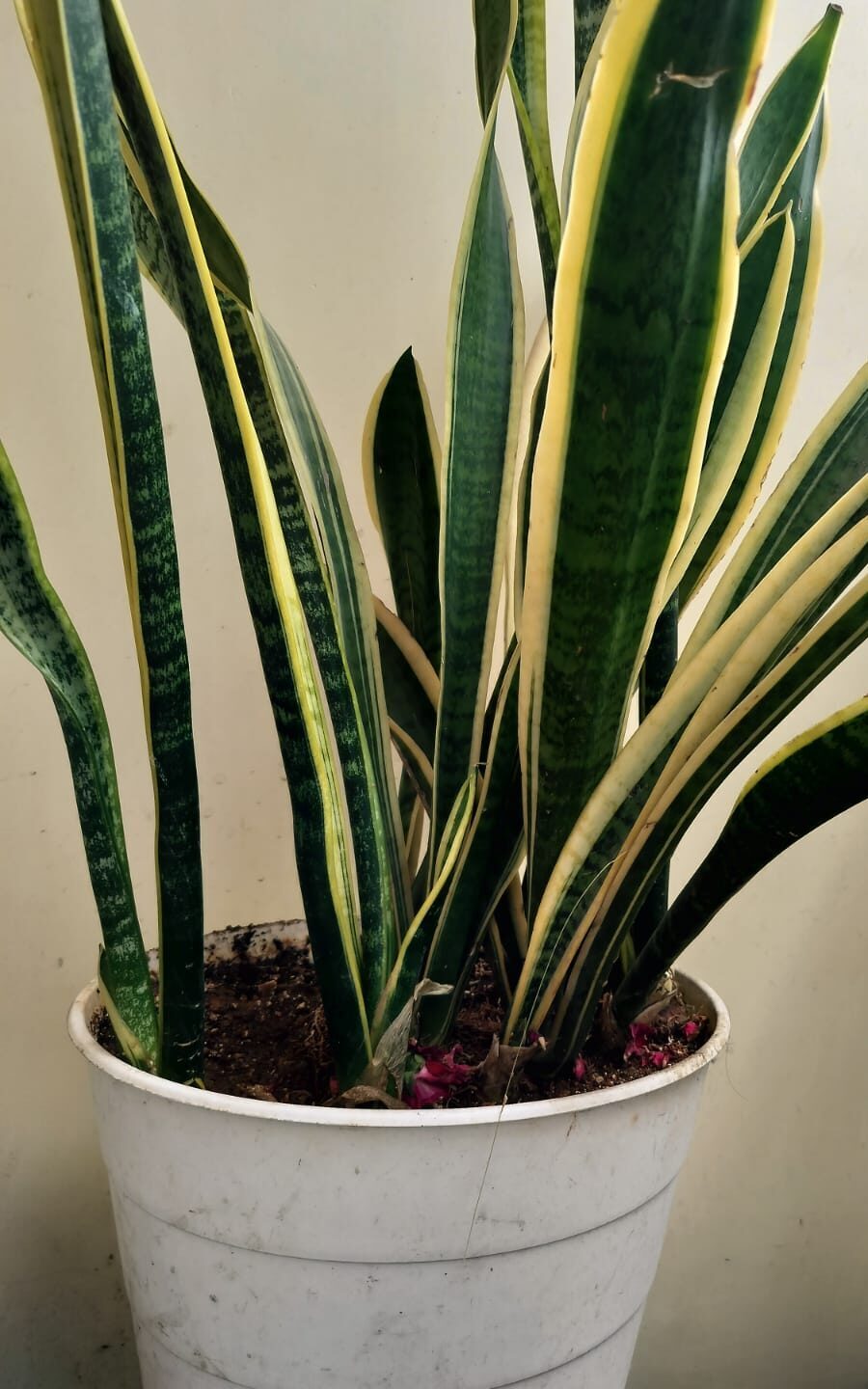
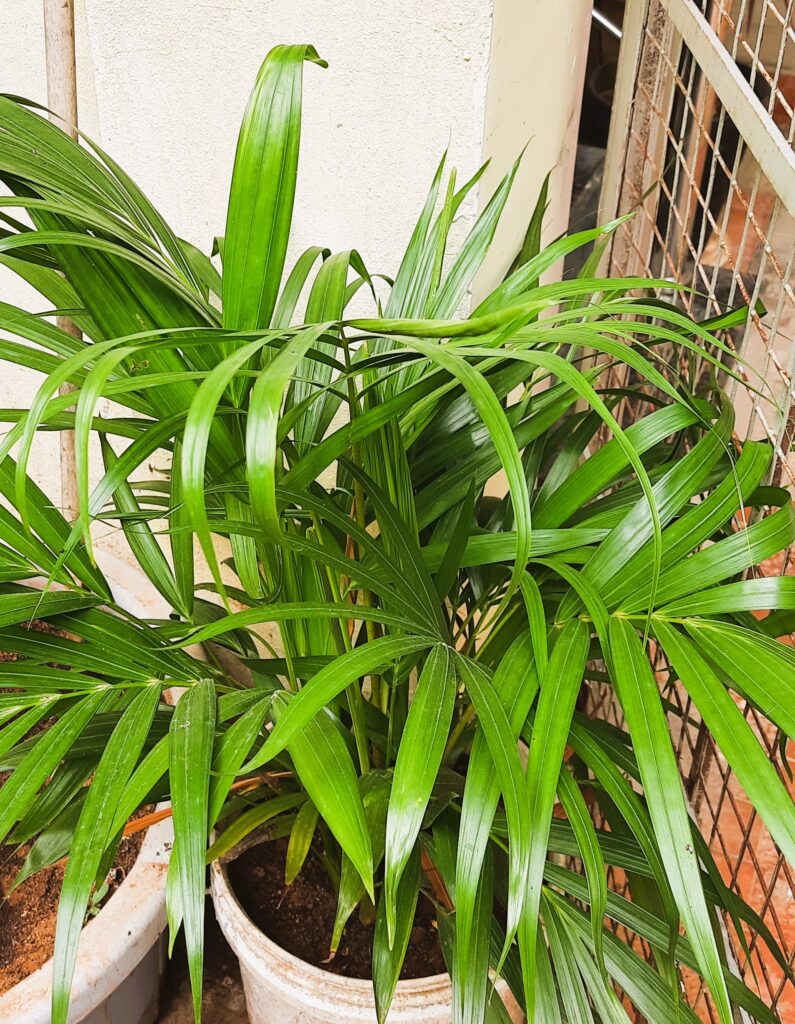
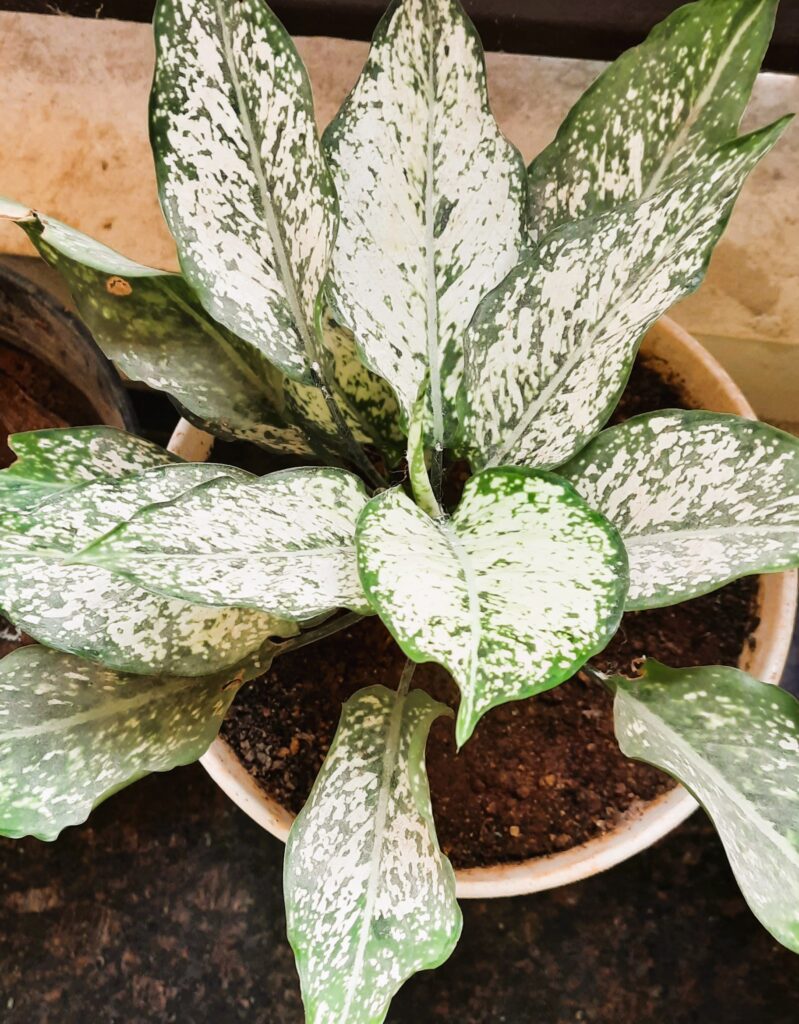
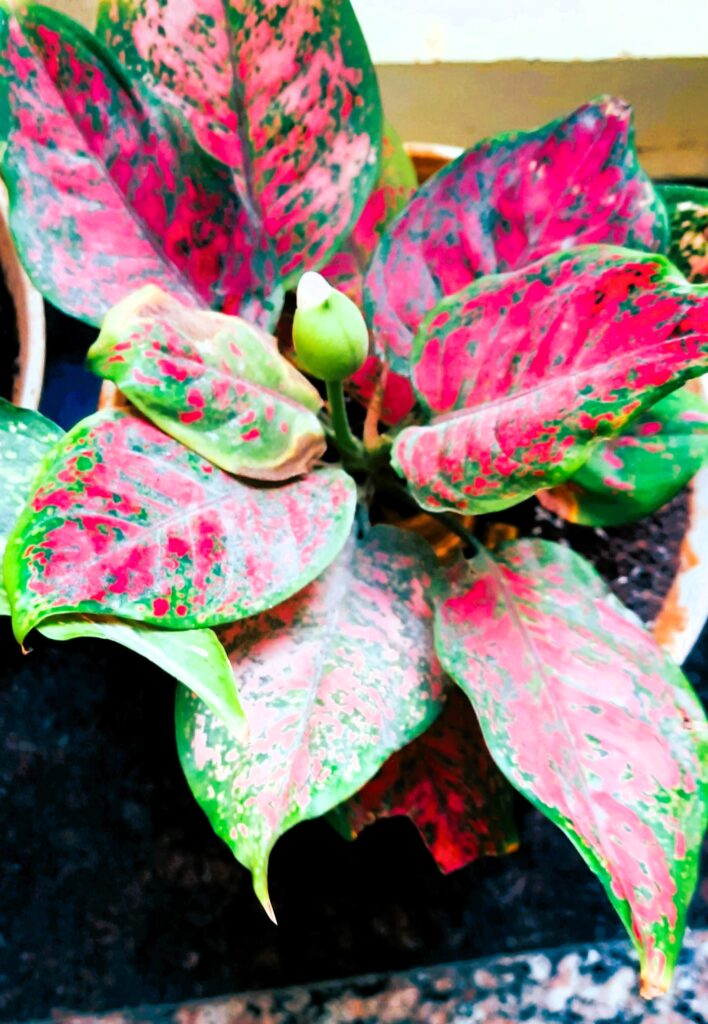
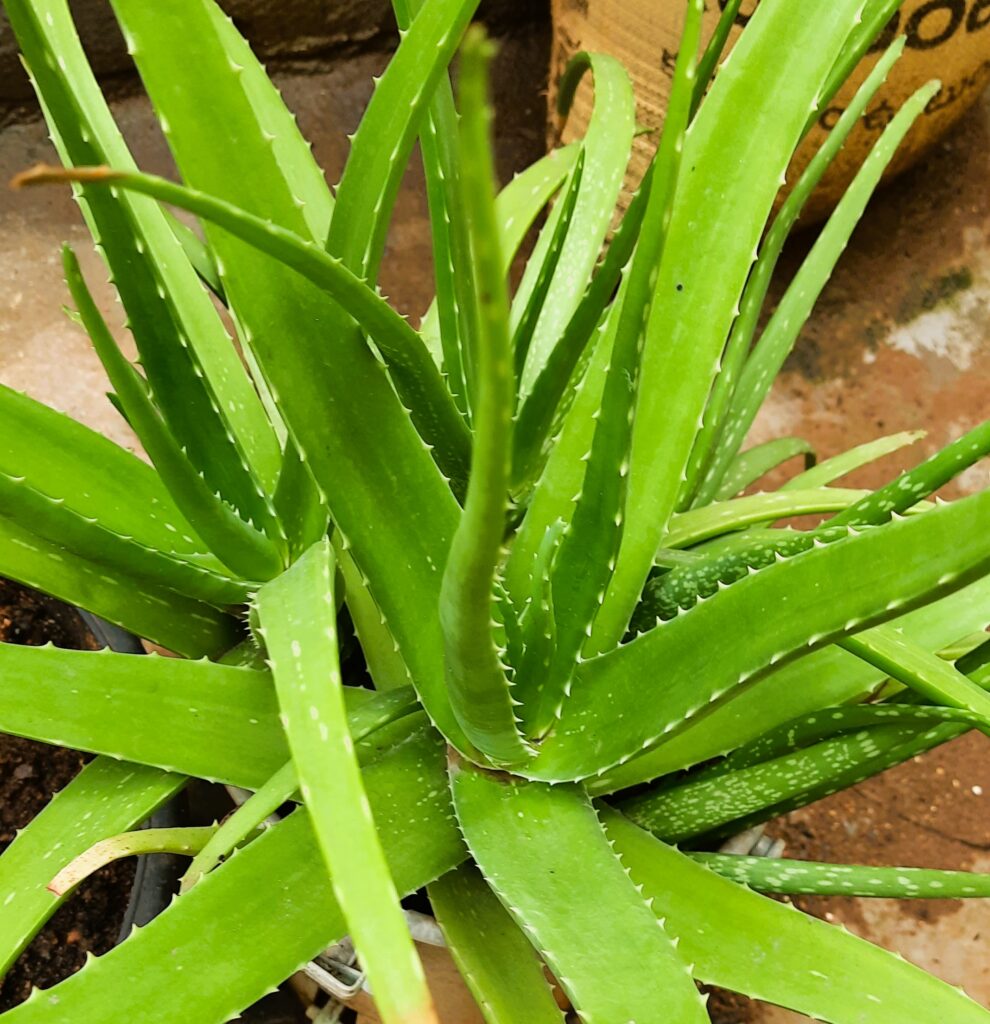
Here is a list of air-purifying plants that are known for their ability to improve indoor air quality:
- Snake Plant (Sansevieria trifasciata):
- Effective at filtering formaldehyde, xylene, toluene, and nitrogen oxides.
- Easy growth and maintained, Need less water, can survive many days without water. learn how to propagate snake plant – Leaf propagation, division.
- Spider Plant (Chlorophytum comosum):
- Excellent at removing pollutants like formaldehyde, xylene, and benzene.
- Peace Lily (Spathiphyllum):
- Known for its proficiency in neutralizing various indoor pollutants.
- Aloe Vera (Aloe barbadensis):
- Helps remove formaldehyde and benzene from the air. No maintenance plant
- Areca Palm (Dypsis lutescens):
- Effective at filtering formaldehyde, xylene, and toluene.
- Bamboo Palm (Chamaedorea seifrizii):
- Acts as a natural filter for formaldehyde, benzene, and trichloroethylene.
- Boston Fern (Nephrolepis exaltata):
- Known for its proficiency in removing formaldehyde.
- Rubber Plant (Ficus elastica):
- Helps in filtering formaldehyde, benzene, and ammonia.
- Golden Pothos (Epipremnum aureum):
- Effective at removing pollutants like formaldehyde, xylene, toluene, and benzene.
- Chinese Evergreen (Aglaonema spp.):
- Known for its ability to filter out toxins like formaldehyde and benzene.
- Dracaena Marginata (Dracaena marginata):
- Effective at removing formaldehyde, xylene, and toluene.
- Gerbera Daisy (Gerbera jamesonii):
- Known for its proficiency in removing trichloroethylene.
- Heartleaf Philodendron (Philodendron hederaceum):
- Effective at filtering formaldehyde, xylene, toluene, and benzene.
- English Ivy (Hedera helix):
- Known for its ability to remove formaldehyde, benzene, and xylene.
- Chrysanthemum (Chrysanthemum morifolium):
- Effective at removing formaldehyde, benzene, and ammonia.
Important points for Air purifiers plants:
| AIR PURIFIER PLANT | PROPAGATION | SUNLIGHT | WATER | MAINTENANCE |
| Snake Plant | Leaf, Division | Low Indirect | less | not required |
| Spider Plant | Direct | less | not required | |
| Peace Lily | Seeds | Indirect | medium | fertilizer |
| Aloe Vera | Division | Direct | less | NO maintenance |
| Areca Palm | Division | Direct | medium | NO maintenance |
| Bamboo Palm | Stem | Low Indirect | less | NO maintenance |
| Boston Fern | Indirect | medium | High Humidity, Fertilizer | |
| Rubber Plant | leaf, stem | Indirect | less | fertilizer, humidity |
| Golden Pothos | stem, layering, leaf | Low Indirect | medium | NO maintenance |
| Chinese Evergreen | stem | Indirect | less | Fertilizer |
| Dracaena Marginata | stem | Direct | less | NO Maintenance |
| Gerbera Daisy | Direct | medium | Fertilizer | |
| Heartleaf Philodendron | stem | Low Indirect | less | NO Maintenance |
| English Ivy | stem | Indirect | medium | NO Maintenance |
| Chrysanthemum | Cutting | Direct | more | medium – pruning, fertilizers |
Benefits of Air purifiers:
Here are some benefits of using air purifier plants:
- Natural Air Filtration: Certain plants have the ability to absorb and neutralize harmful airborne pollutants such as formaldehyde, benzene, and ammonia, which are commonly found in indoor environments due to household products and materials.
- Improved Oxygen Levels: Plants undergo photosynthesis, a process where they absorb carbon dioxide and release oxygen. This can help increase oxygen levels in the surrounding air, promoting a fresher and more invigorating atmosphere.
- Humidity Regulation: Plants release moisture through a process called transpiration. This can help regulate indoor humidity levels, creating a more comfortable and balanced environment.
- Reduction of Allergens: Some plants, like spider plants and snake plants, can help reduce allergens in the air, making it more comfortable for individuals with allergies or respiratory conditions.
- Stress Reduction: The presence of plants has been shown to have a calming and stress-reducing effect on people. They can contribute to a sense of well-being and create a more pleasant living or working space.
- Improved Mental Health: Studies have suggested that having plants in indoor environments can positively impact mental health by reducing stress, anxiety, and depression levels.
- Enhanced Cognitive Function: Greenery in indoor spaces has been associated with improved concentration, focus, and productivity. It can also contribute to better cognitive performance.
- Visual Appeal and Aesthetics: Plants can enhance the visual appeal of indoor spaces, adding natural beauty and creating a more inviting and pleasant atmosphere.
- Noise Reduction: Some larger plants can help absorb sound, providing a subtle noise-reducing effect in indoor environments.
- Biophilic Connection: Having living plants indoors can foster a sense of connection to nature, which is known as biophilia. This can lead to a greater appreciation for the natural world and a sense of harmony with the environment.
Conclusion:
Embracing air purifier plants is a beautiful and practical way to promote cleaner indoor air. By incorporating these green allies into your living spaces, you not only enhance your décor but also contribute to a healthier, more vibrant home environment. Welcome nature’s air purifiers into your life and breathe easy! Can Purchase the air purifier plants online NURSERYLIVE.
Remember, while these plants can contribute to improved indoor air quality, they should not be relied upon solely for heavy-duty air purification. It’s recommended to use them in conjunction with a good quality air purifier for optimal results.

The articles you write help me a lot and I like the topic
You’re awesome!